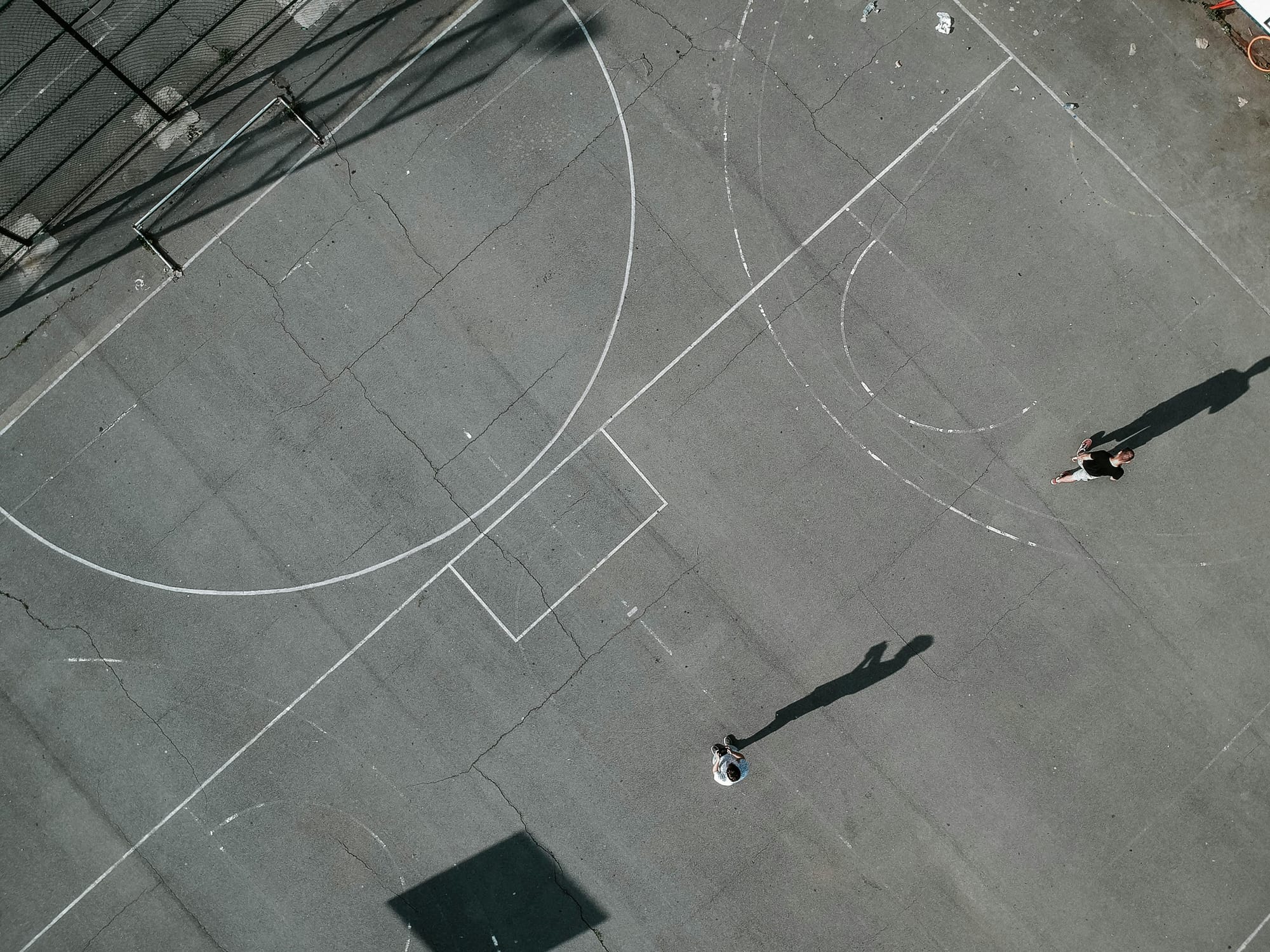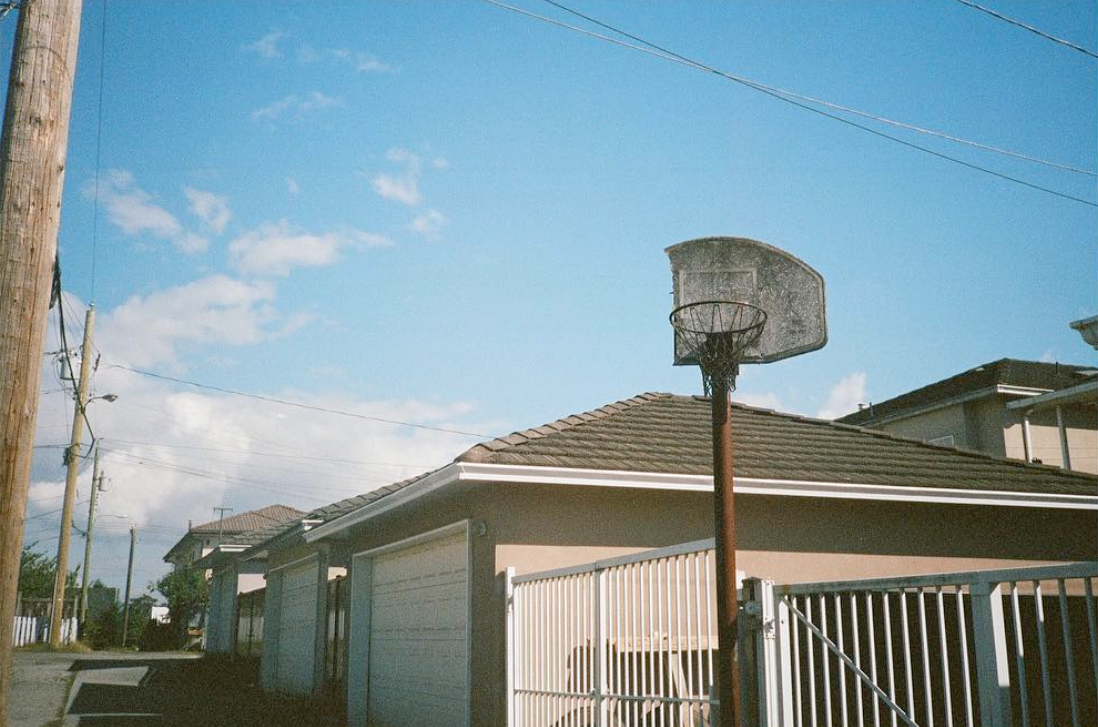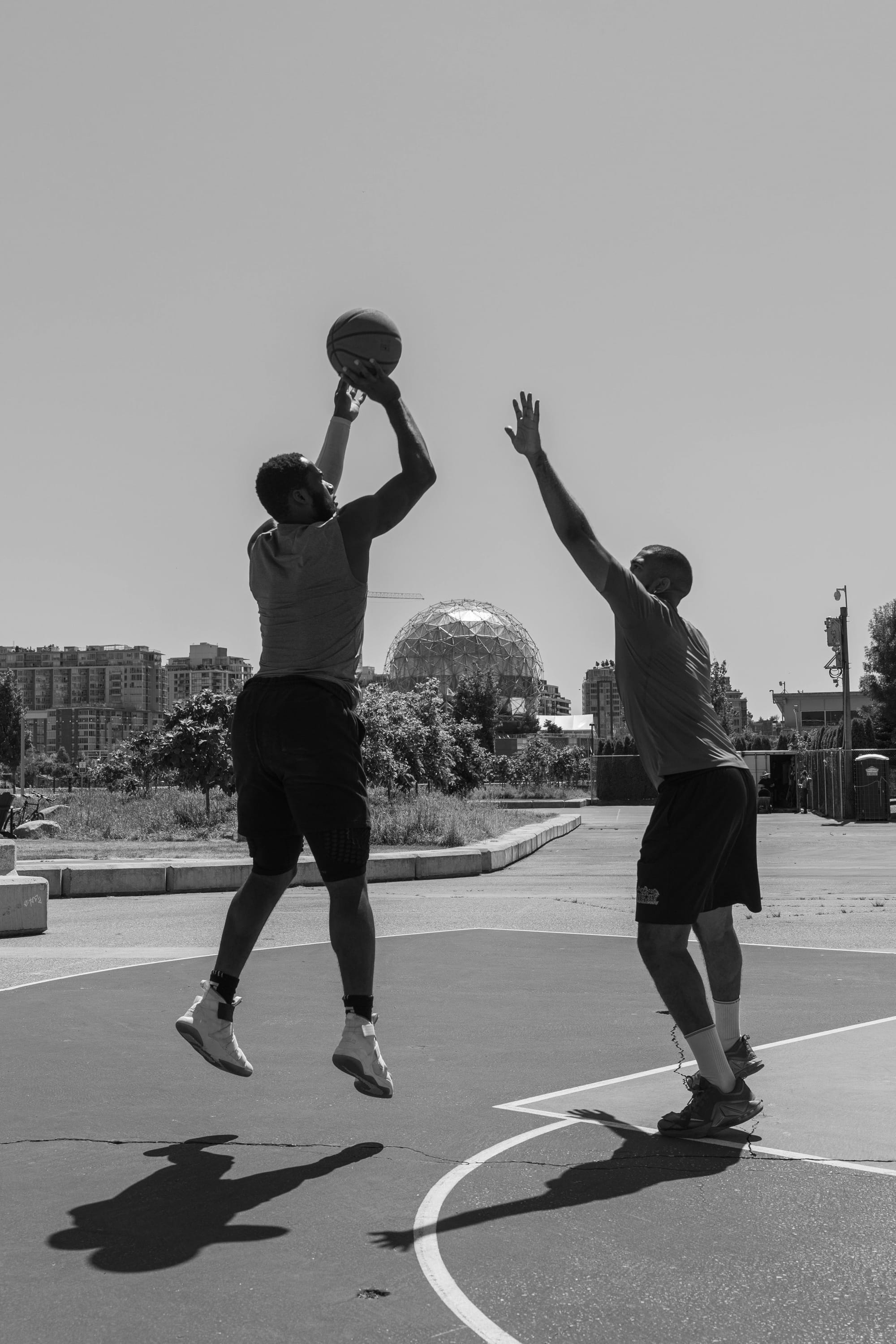I don’t watch basketball very often.
I watched the Kawhi shot that bounced forever, and
tuned back in as word spread that the Washington Mystics were wearing bullet holes as a protest after the police murder of Jacob Blake.
Beginning a review on a book about basketball – maybe more of a love letter about a love letter – in this way is to admit seeing the game’s place in the story as narrative, as a lens, as culture, and not as competition, but as phenomena.
Hanif Abdurraqib’s There's Always This Year is a memoir where you can land on any page and lift a sentence that cuts through the facade of everyday life like a sharp blade — moments of clear through the city’s machinery, the notifications, the expectations, and just for a second, all the noise turns to silence.

Memoir can be a tonic and Abdurraquib achieves that. When I read, this is often the feeling I am searching for.
Art created after the struggle – Abdurraqib writes about a more precarious lifetime, but has since been named a MacArthur “Genius” Fellow – can sometimes lose its dynamism. But it can also allow a creator time and space, or maybe it's the respect and power, to be honest, reflective, and unbound from pretension and performance; free from auditioning for the part. This Year does the latter.

Street ball has a simple set up. A public hoop and a ball is enough – you can make do with less if needed. If there’s a line or mark on the ground, and a second person, then half court has already started.

Others have noted that in This Year, Abdurraqib has set up the pages like a game - in quarters, the shot clock ticking – they are referencing this in a literal sense. But This Year also reads like a midday or an early evening on the court. Some are busy, chaotic, people on different levels of play or intoxication, everyone in various relations with each other, etc., while on others, you are alone and the repetition of trying to swish through the unmoving net and the clunk of the ball, as consistent as you make it, can settle the static of the mind.

Usually when we think of meditation we think of exile, but we live in cities and we live in crisis.
And there are periods where I wake up everyday wondering, who do I know who may have died today?
all grieving
is ritual
I tell myself when I do not build a temple or define a ceremony to mourn.
This Year offers us all an alternative to leaving.

This Year is bittersweet at times, moving from deep, place-based affection to the politics of police brutality in swift motions.
Abdurraqib deliberates on the importance of bearing witness, but the tacit act is not enough. “The work of the witness is not only to be a watcher but to evangelize,” he writes, because, “what good is a witness in a country obsessed with forgetting?”
In another passage, Abdurraqib writes about watching the Cleveland Cavaliers during some bad years. But winning is only one story line. Like uncovering the conditions that can lead to Lebron being crowned, connecting to other narratives can make the attention spent more worthy or useful. Plus witnesses need landmarks and touchstones to make sense of it all.

Aside from not watching, sometimes I don't play for long stretches or years either. In grade six, I was a team captain, but by the eighth grade, I was regularly on the bench. And the next year I didn’t bother to try out for the high school team. But that has not stopped hoop dreams from finding me throughout my life when I need them. And This Year did too.


